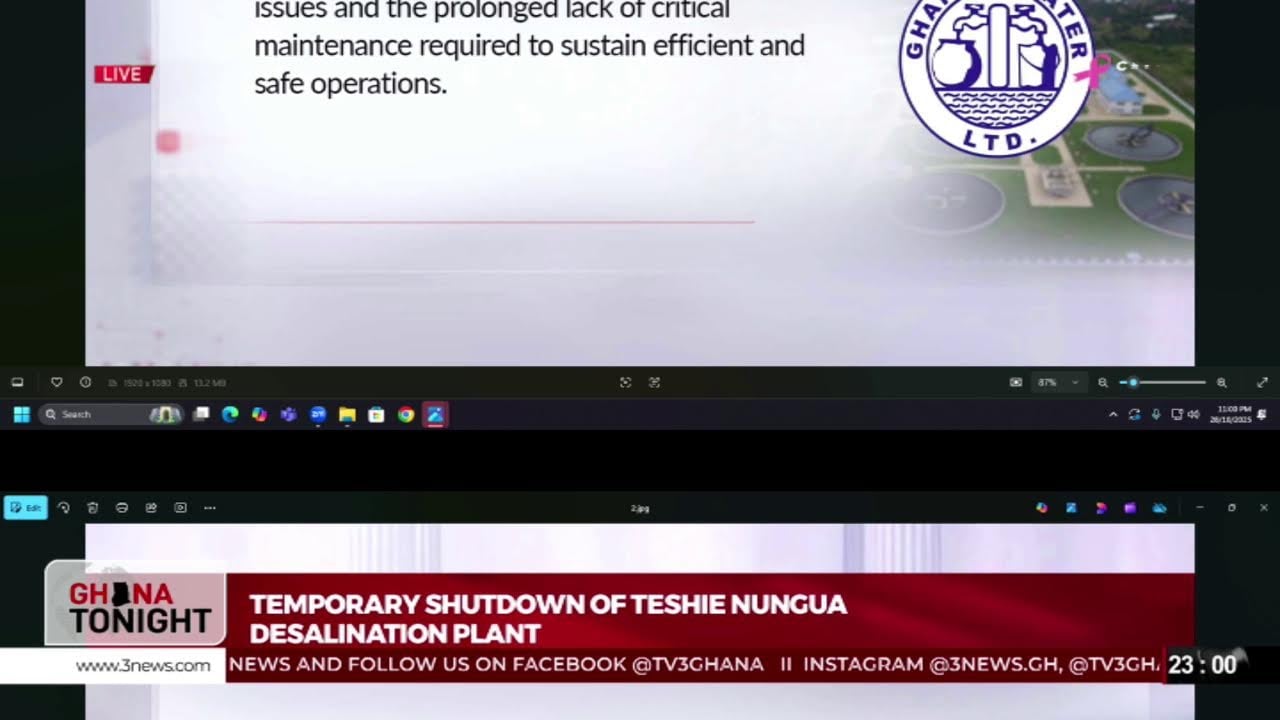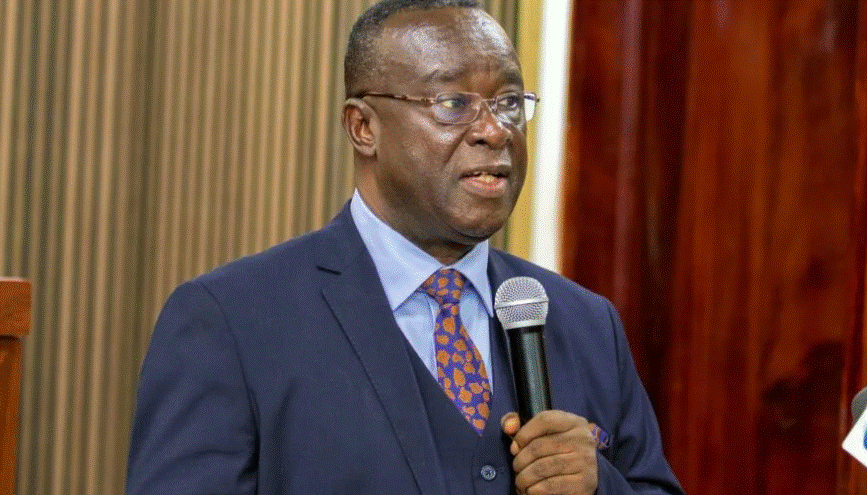
In Sub-Saharan Africa, Ghana was touted as a country with immense potential to develop in 1957 when it gained independence. Different development plans were structured to bring about rapid industrialization and agricultural development based on Ghana’s natural resources and endowments. However, after 68 years of independence, the development goals and visions of rapid industrialization and agricultural development of the founding fathers have still not been attained. It has rather over the years faced and still facing increasing monumental development financing challenges, especially in the agriculture sector where Ghana has potential comparative advantages as well as industry and other high-growth potential sectors.
Public Development Financing Institutions (PDFIs) refers to institutions that serve as mediums for channelling funds for social projects in areas that are underserved by a nation’s budget. Xu, Ren and Wu (2019), define development financing institutions as “lawfully independent state supported financial institutions with clear certified missions to encourage public policy objectives”. The authors further stated that “PDFIs are potentially powerful policy tools for fixing market failures, developing markets, and sponsoring structural change, yet their role has mostly been ignored”.
PDFIs can be found in all countries irrespective of their stage of economic development. The literature on PDFIs according to Martinez, Vincente, et. al. (2017) has traditionally been divided among two forms of view: the “interventionist view” and “laissez-faire view. One argues in favour of state intervention in the provision of financial services, and the other argues in opposing state participation due to the distortions it can generate. The laissez-faire view, however, has been leading in academic discourse in recent decades (Martinez, Vincente, et al 2017).
Other studies like La Porta et. al. (2000) established that poorly performing state-owned banks can impede financial sector development, especially in developing low-income countries. This the authors indicated, was largely because of governance difficulties that lead to a breakdown of institutions and misappropriation of resources. This phenomenon was, however, not the case in high-income economies as an analysis of German banks from 1995 to 2007 by Beck et. al. (2009) established that government-owned banks are more stable than private banks although less profitable. Throughout the 1980s Schwarz (1992) stated that around 25% of all loans were either originated by state agencies or carried state guarantees.
Historically, establishment of PDFIs boomed in the 1950s to 1970s this was in response to structuralism as the first wave of development thinking as championed by Paul Rosenstein-Rodan and Alberto Otto-Hirschman after WWII. The diagnosis then was that the market had encompassed insurmountable defects resulting in policy advice that, States should look at import substitution industries. That is to say, the State should play a leading role in developing advanced capital-intensive industries to achieve self-sufficiency through the creation of an internal market. Prebisch (1950), as well as Singer (1950), were of the view that, for any nation to avoid exploitation by advanced nations, it had to put in structures to replace imports with domestic production.
By the end of WWII, the local population in the Gold Coast started agitating against imported goods leading to demonstrations and boycotts by the indigenes. Following the agitations, the colonial administration put in measures to facilitate private indigenous Ghanaians to participate in commercial activities by establishing the Gold Coast Industrial Development Corporation (GCIDC) in 1952 with fiscal support for it to lend to Ghanaians who wanted to launch their businesses.
Ghana subsequently gained political and economic independence in 1957 at a time when Structuralism had gained ground, and the dominating role of the Government was the order of the day. Ghana started its post-independence reconstruction with a series of import-substitution industrialization and development plans. This led to GCDIC transforming into Ghana Industrial Development Corporation (GIDC) and then into the National Investment Bank (NIB) on March 22, 1963, to finance rapid industrialization in Ghana. Following from this NIB became the first Ghanaian Public Development Financing Institution, and it supported the state in its leading role of establishing advanced capital-intensive industries to achieve self-sufficiency through the creation of an internal market as a means of catching up with developed countries.
These policy directions albeit were not aimed at industrial sectors with latent comparative advantages leading to most of the industrialization plans and interventions by the State failing. This failure was largely due to the plans defying Ghana’s endowment structure as well as market failures. Economic deterioration started to show in Ghana by mid -1960s and worsened in the 1970s.
Globally, the 1980s brought about a new wave of development thinking which stressed on privatization, liberalization, and deregulation to compensate for deficiencies in Government failure. PDFIs started facing declining pressures in the 1980s in response to Neoliberalism, the second wave of development thinking, the banks in developing countries became vulnerable to excessive Government intervention, leading to misallocation of resources, towering debts, and corruption. Resulting in liberalization, deregulation, and privatization being highly pursued as some of the banks were closed or liquidated and others were merged into commercial or investment banks. Milton Friedman and Anne Krueger were amongst neoliberal economists who emphasized non-intervention from Government as well as generally rejecting regulation in markets as inefficient
Ghana’s economy found itself in crisis by the end of the 1980s. Over this period negative growth rates were recorded, and there was a breakdown in the functions of institutions and incentives system. In the context of neoliberalism, Ghana’s economic woes were a result of inappropriate internal policies designed and implemented to substitute the roles of the markets with controls.
The Second wave of development thinking in the 1980s saw National Investment Bank (NIB) realigning its mandate to start taking deposits as the annual National Budget allocation to run the bank was not sustainable. The Bank between 1975 and 1980 in a move to diversify its funding sources away from only annual appropriations from the National Budget also borrowed funds to fulfil its mandate from internal financial agencies. However, economic situations in Ghana in the 1980s were not conducive to accessing external credit this was because, by the early 1980s, high reliance on fluctuating world commodity markets led to Ghana’s economy collapsing.
Following this, production and export collapse also led to revenue shortfalls leaving the survival of the economy on the procurement of external loans with its attendant self-destructive debt-driven cycle. To address this situation of not being able to access external credit, NIB resorted to mobilizing local deposits to fund industries.
In July 2011 Ghana had a rebasing of its National Accounts, leading to the Ghanaian economy transcending into lower middle-income status quicker than expected. In light of this new economic classification, traditional external concessional funding arrangements hitherto available to Ghana for development purposes increasingly started dwindling. Ghana now had to look for new streams of funding to finance its huge infrastructural deficit.
The first and Second waves of development thinking as outlined above had theories of Government dominance and free market orientation which turned out to be biased with focuses on import-substitution, defying the nation’s endowment arrangement and market failure for the first wave and Washington consensus, defying nation’s level of growth and Government failure for the second wave of development thinking. These two development theories led to stalled development plans, corruption, scarcity of funding, inefficiency, and costly transactions due to a lack of soft and hard infrastructure.
However, in recent years with the failures of Structuralism and Neoliberalism comes a new wave of development thinking termed New Structural Economics (NSE). This new wave of development thinking perspective on development financing speaks to a nation’s factor endowments, industrial structure, and appropriate financial arrangement. NSE maintains that, in a developing country, the appropriate financial structure should empower its financial sector to cater for the funding needs of labor-intensive and technologically mature businesses. It further posits that a financing arrangement is suitable for an economy at a certain stage of economic development only when the features of the financing arrangements fit the features of industrial structure determined by factor endowments in the economy. This goes to emphasize the fact that replicating the financing model of an advanced economy will not automatically result in enhanced effectiveness of the financial system nor create better economic performance in a developing country
The era of New Structural Economics has led to the renaissance of PDFIs to finance structural economic transformations on the concepts of endowment structure, comparative advantages, and the need for a combination of facilitating Government and an effective market. The most fundamental question is, why PDFIs as opposed to other sources of finance (such as commercial banks) could best serve as government policy to finance developments? The answer lies in the structure of PDFIs and their policy mandate. While commercial banks are often privately owned and serve short-term projects, PDFIs conversely are instituted to channel funds for medium to long-term development projects in sectors that are underserved by a country’s financial system or a country’s budget.
Consequent from the above, new PDFIs in Ghana will play critical roles in accelerating inclusive and sustainable development in Ghana. This role becomes particularly important as Ghana is currently confronted with a long-running situation of long-term finance deficit needed for any development plan. The strategy going forward as posited by the New Structural Economics (NSE) will be to combine a facilitating government with an effective market system to create an enabling environment for industrial upgrading and economic restructuring aimed at inclusive and sustainable development with support from the PDFIs positioned to; 1) reduce transaction costs as well as offer appropriate funding to provide or enhance soft and hard infrastructure, 2) to extend long term finance often with large risks for first movers to be able to venture into emerging industries and 3) provide the funding support needed to overcome bottleneck constraints for the upgrading of industrial technologies that will spur on the accelerated inclusive and sustainable development.
Domestic savings and profound capital markets cannot be overemphasized in funding PDFIs and long-term development projects yet for most economies, savings and capital markets have been a challenge. While these factors may be constraints to development, they also pose another opportunity for a resource endowed country like Ghana, to rethink resource-financed infrastructure as a finance mechanism for high-priority projects using a PDFI as a conduit.
With reasonable access to investment capital, Ghana’s economy with abundant resources and labour could through good fiscal policies and a PDFI acting as a policy bank, direct and facilitate the national economic development and related industries. This strategy has several advantages. Firstly, it adds value to extractive resources by building related processing plants that will gradually build an industrial base upon which human resources will be enhanced to increase per capita income. Secondly, it has potential to develop and upgrade other industries (e.g., agriculture and related industries) in which there is comparative advantage (raw material and input) at relatively low cost to the economy.
By Dr. Nii Amu Okotokata Dodoo-Amoo
Head, Research and Economic Relations at the External Resource Mobilization and Economic Relations Division, Ministry of Finance
The post The rise, decline and renaissance of Public Development Financing Institutions: The case of Ghana first appeared on 3News.
Read Full Story





















Facebook
Twitter
Pinterest
Instagram
Google+
YouTube
LinkedIn
RSS